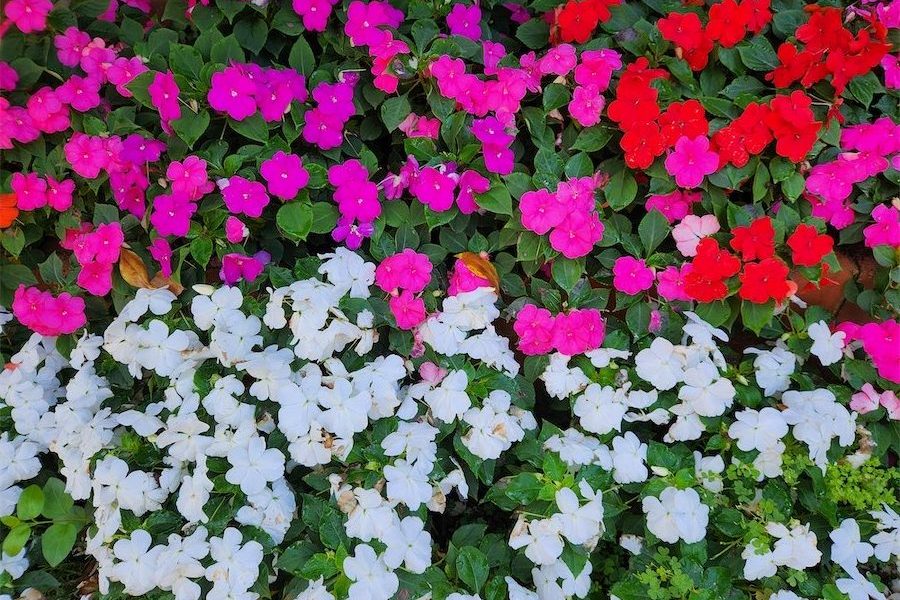DOGWOODS and Viburnums are two of the most popular plants grown.
A deciduous dogwood in flower presents a spectacular sight.
One of the most popular species of dogwood, or Cornus, is Cornus florida, the beautiful North American “Flowering Dogwood”.
A large shrub or small tree, three to four metres tall, each flower has four distinctive, white, petal-like bracts in early spring. It was introduced into cultivation in 1730.
Cornus “Apple Blossom” has apple-pink flower bracts, but a word of warning for those in new suburbs: like Japanese maples, dogwoods will not tolerate hot summer winds, which will scorch the leaves unmercifully and even young branches. If you have no mature trees providing shade, it is preferable to wait a few years.
Another outstanding dogwood is Cornus kousa. Its pure white flower bracts entirely cover the slender branches in spring followed by strawberry-like fruit. Introduced into western gardens in 1875 from Japan and China, it has been given every award by the UK’s Royal Horticultural Society, with the highest accolade being the Award of Garden Merit in 1969.
However, for an evergreen shrub, it’s hard to go past Cornus capitata, pictured here.
The three photos show the the flowers opening initially as pure white with a touch of lime and then as the flower bracts mature over a few weeks, they gradually change to a beautiful, deep pink and, finally, the strawberry-like fruit appear.
This shrub was introduced by one of the early plant hunters in the Himalayas in 1825. Interestingly, it was given the Award of Merit not for the flowers, but for the fruit.
I have had this Cornus growing in our Watson garden for more than 15 years and it is the most tolerant plant of weather conditions. Untroubled by frost or summer heat, this is one dogwood that can be planted in any areas of Canberra or Queanbeyan. It grows to about three metres tall and can be safely grown under power lines, rarely needing pruning; in fact, ours has never been pruned.
OF similar flowering magnificence are the Viburnums. Some are as common as mud, for example Viburnum tinus or to give it it’s full title, Viburnum laurestinus. Its quite small flowers are insignificant individually, but attractive en masse.
The main feature of this Viburnum is as hedging. It is easily kept in shape with just a couple of clips each year from one to two metres tall or higher. However, my favourite Viburnums are the deciduous varieties V. burkwoodii and V. carlesii.
The former is a cross between V. carlesii and V. utile raised in the UK nursery of Burkwood and Skipwith in 1924.
The latter was introduced from Korea in 1902 with the Award of Garden Merit in 1923. Of course, not forgetting the renowned V opulus sterilis or Snowball Tree with its distinctive large white pom-pom flowers.
Both have an adorable fragrance, with clusters of pink-tinged flowers appearing before the leaves. If you have room in your garden for one deciduous shrub, then consider either of these two varieties.
Back to the garden
-
Clean and sharpen secateurs in readiness for rose pruning in late August.
-
Break the ice on the bird bath before dashing off to work!
-
Store garden tools in a box filled with sand and old sump oil spread evenly over the sand to prevent rusting.
-
Paint handles of garden tools with orange paint to make it easier to find them in the garden.
-
Plant out seedlings of onions and shallots without delay.
-
Plant Globe Artichoke and Jerusalem Artichoke after mixing in ½ kilo of old cow manure into each square metre, working well into the soil before planting.
Who can be trusted?
In a world of spin and confusion, there’s never been a more important time to support independent journalism in Canberra.
If you trust our work online and want to enforce the power of independent voices, I invite you to make a small contribution.
Every dollar of support is invested back into our journalism to help keep citynews.com.au strong and free.
Thank you,
Ian Meikle, editor




Leave a Reply